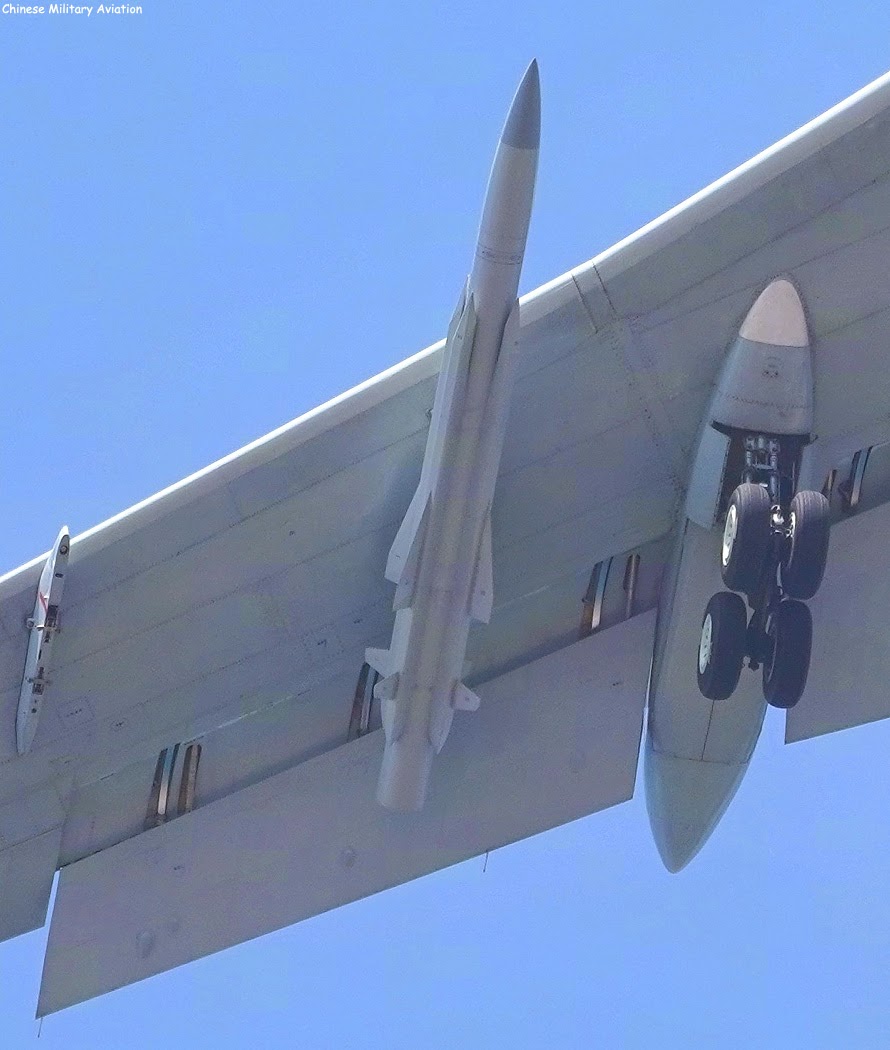Deino
INT'L MOD

- Joined
- Nov 9, 2014
- Messages
- 12,780
- Reaction score
- 22
- Country
- Location
Looking at the diameter, length, and weight of the current engine on the JH-7A and the Al-31/Al-41F as a stand in for the Chinese WS-10 Engine, the current engine could be replaced and still leave room for structural modifications to improve the aircraft's situational awareness and war-fighting capabilities (addition of a RWR and Rear Jammer).
Due to the political difficulties getting a J-11 or J-16, re-engine-ing the Jh-7A with the same engine as the J-10C for commonality of parts and a higher thrust maybe the best way to get a heavy lift aircraft for the least amount of money. The current engine is longer, wider, and heavier then the Al-31/Al-41F/WS-10.
With two WS-10 Engines, the thrust would near the levels of the H-6 Bomber. With that amount of dry thrust, the JH-7A maybe able to lift the same kind of heavy supersonic Anti-ship Cruise missiles.
open question to everyone:
With change in the engine, would the higher thrust allow the aircraft to be able to carry something like the YJ-12?
A Photo-shopped picture to demonstrate (the missile may not be sized right, but this is just for demonstration purposes):

The YJ-12 on the H-6

Thats all a speculative would, could and should eventually discussion, but the JH-7 is simply too old for such a costly programme.






